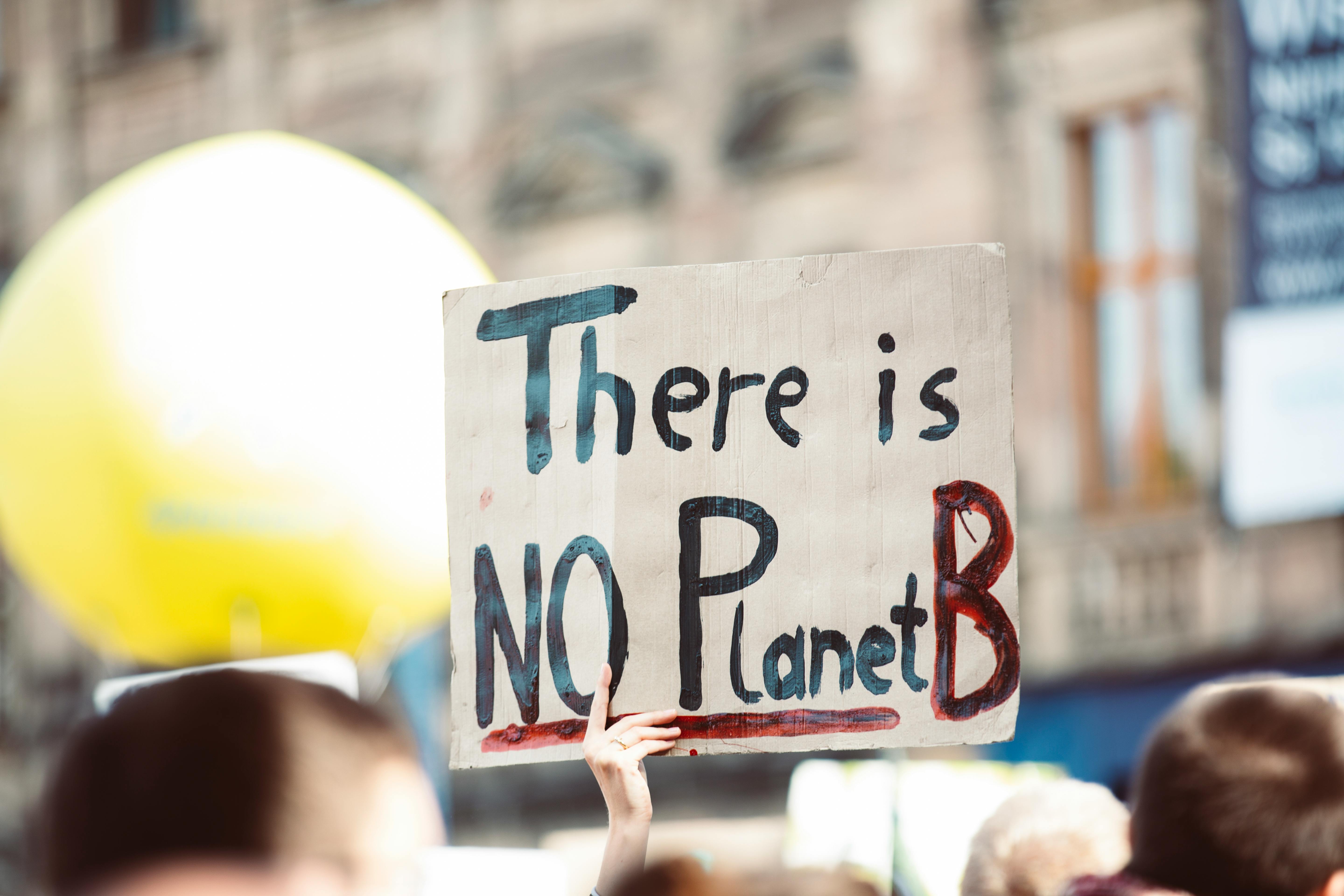Content
What do Seoul and Addis Ababa have in common?
Both are home to sustainable solutions implemented in vastly different regions of the world, nearly 10,000 km (over 6,200 miles) apart. What ties them together is not geography, but a shared challenge: waste reduction and a powerful example of how a solution in one place can ignite change in another.
But here’s the thing: how long did it take for these solutions and needs to find each other, and then be discussed and implemented? Nearly 2 decades! South Korea’s “Pay-As-You-Throw” (PAYT) model was launched in 1995, yet it wasn’t until after a tragic landfill collapse in Addis Ababa in 2017 that Ethiopia began to adopt aspects of the system, with support from KOICA (the Korea International Cooperation Agency).
A disaster had to happen for this knowledge to travel.
In Seoul, the PAYT system is tech-driven—featuring RFID chips, automated billing, and digital monitoring. In Addis Ababa, the model was adapted for a lower-resource setting: education campaigns, basic waste separation, and more accessible drop-off points. The core idea remains the same: linking individual responsibility to collective environmental outcomes.
This story is a powerful reminder that while sustainable solutions can’t always be copy-pasted, with thoughtful design and local engagement, a model from a high-income country can be reimagined to work effectively in a lower-income context.
So why did it take so long?
In today’s hyper-connected world, we assume good ideas spread quickly. But in sustainability, solutions often live in silos—buried in government documents, pilot projects, academic papers, or isolated startup decks. There's no easy way to match a problem in one country with a proven solution from another. Worse, even when we find something, how do we know it's credible and not just greenwashing?
This gap is what inspired the creation of a new platform: BIP – Brilliant Ideas Planet.
Catalyzing Sustainable Adoption
We all use search engines to find restaurants, shows, or where to get coffee. But try looking for reliable sustainable solutions, and it gets complicated. The noise, the spin, the greenwashing—it’s overwhelming.
What if anyone could search for vetted, effective sustainability solutions—for free?
That’s the idea that struck me when I first connected with Giorgia Vicari, founder of BIP. It felt so obvious it was brilliant. A place where one day people might “BIP it” instead of “Google it” when they need a solution that actually works for the planet.
As a sustainability professional, credibility is everything. That’s why I joined her mission and started helping develop vetting standards. Alongside a small group of experts, we built the first sector-specific guidelines to identify and exclude greenwashing—ensuring that only real, measurable, and impactful solutions are showcased on the platform.
Connecting Ideas Faster to Meet Climate Goals
Zooming out: the stakes are massive. The Paris Agreement aims to limit global warming to well below 2°C (ideally 1.5°C) above pre-industrial levels. To achieve this, emissions must drop 45% by 2030 and hit net zero by 2050.
We are not on track.
Current global policies are steering us toward 2.5–2.9°C of warming. According to the UNEP Emissions Gap Report, we must collectively avoid at least 22 gigatons of CO₂ equivalent per year by 2030 to bridge the gap.
Waste is a key contributor. The waste sector accounts for ~5% of global greenhouse gas emissions, mainly in the form of methane—a gas 84 times more potent than CO₂ over 20 years. Poorly managed landfills are a huge part of the problem. But waste reduction strategies like PAYT can flip the script.
In Seoul, PAYT helped cut food waste by over 300 tons daily, reducing more than 2 million tons of CO₂ equivalent each year. In Ethiopia, the adapted model improved community waste separation, reduced illegal dumping, raised awareness among low-income residents, and laid the groundwork for green jobs and municipal recycling. Imagine the potential if these results could scale across other urban centers in the Global South.
But right now, solutions don’t reach the places that need them most. We’re not just facing a technology gap—we’re facing a connectivity gap.
The Next Seoul-to-Addis Story Should Take Months, Not Decades
What if Addis Ababa had found Seoul’s PAYT blueprint in 2005 instead of 2017? What if decision-makers could instantly access vetted case studies, connect with real-world implementers, and move from idea to action in a matter of months?
That’s why BIP exists. Not just to share knowledge, but to accelerate adoption.
Because every year we delay, we drift closer to irreversible climate tipping points.
We need to shorten the distance—measured in both kilometers and years—between a problem and its solution. And with the right tools, we can.


